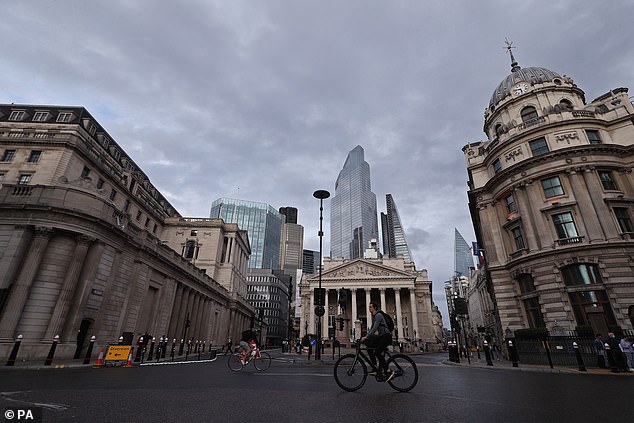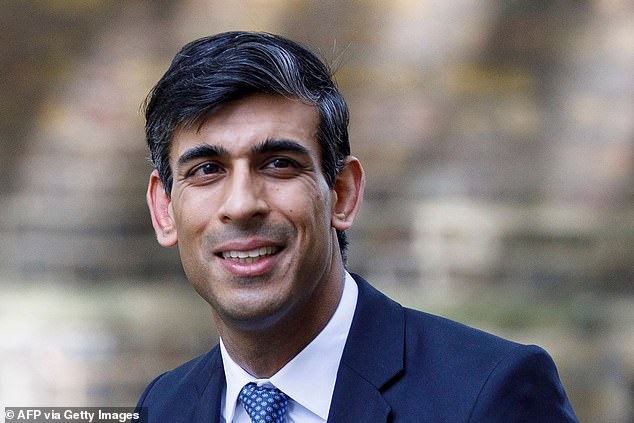Free money! How the Bank of England used quantitative easing to make £150bn UK debt disappear
- Since March 2009, £745bn has been created out of thin air under the scheme
- Money was used to buy Government bonds from banks and other investors
- But £100bn of these have run to maturity without being sold back to investors
More than £150billion of free money has helped fund the Government’s borrowing binge, a Mail on Sunday investigation can reveal.
Our research found that money printed under the Bank of England’s so-called quantitative easing (QE) programme has been used to cancel some of Britain’s £2trillion national debt.
Since March 2009, £745billion has been created out of thin air under the scheme. The idea was to pump cash into the economy in the wake of the 2008-9 financial crisis and the programme has been revived for the coronavirus pandemic.

More than £150billion of national debt has effectively been paid off – at no cost – using money created by, and passed between, the Treasury and the Bank of England
The money has been used to buy Government bonds – called gilts – from banks and other major investors, and there has always been a pledge that these gilts will be eventually sold back into private hands.
However, about £100billion of these gilts have already run to maturity without being sold back to investors, documents show. That means the Treasury had to pay the Bank the face value of the bonds.
Any normal bondholder would have kept the money. But the Bank – a nationalised entity – has promptly returned it to the Treasury, The Mail on Sunday understands. On top of this, the Bank has also returned £57billion of its coupon payments – the interest it received – on the gilts.
The result is that more than £150billion of national debt has effectively been paid off – at no cost – using money created by, and passed between, the UK’s two main financial authorities.
A Bank of England spokeswoman said the face value repaid by the Treasury on bonds is being used to buy more gilts from other investors as the QE programme is topped up to its current level.
The Bank said it did not publish a figure for the total number of bonds that have reached maturity and the Treasury said it was a matter for the Bank.
Officially, the UK is committed not to ‘monetise’ public debt by simply printing money to fund it, but there are fears that it is getting very close to crossing the line.
Chancellor Rishi Sunak has been on a borrowing spree to prop up the economy during the coronavirus lockdown.


Chancellor Rishi Sunak has been on a borrowing spree to prop up the economy during the coronavirus lockdown
The Treasury has borrowed £173.7billion in this financial year so far, in the five months from April to August, to cope with the coronavirus crisis – three times the £55.8billion it borrowed in the whole of the financial year from April 6, 2019 to April 5, 2020. Sunak has hinted that taxes may have to rise in the future to pay for some of this extra spending.
Last month, he pledged no ‘horror show of tax rises with no end in sight’, but he also warned of ‘difficult things to come’.
However, economists say ill-timed tax increases or spending cuts could derail any economic recovery, particularly in light of restrictions to control a second wave of the virus.
Some experts point out that today’s record low interest rates have made it cheaper than ever for the Government to borrow money, putting less pressure on Sunak to find a way to pay off debts in the short term.
The £150billion figure for the debt paid off using QE money is the equivalent of one and a half times the expected cost of the ‘moonshot’ programme to carry out ten million daily Covid-19 tests by next year. What is more, it is unlikely to be the final total for what amounts to cost-free funding.
So-called direct financing of public debt has been traditionally believed by the financial community to be the sort of activity engaged in by countries such as Zimbabwe – not advanced economies such as the UK.

